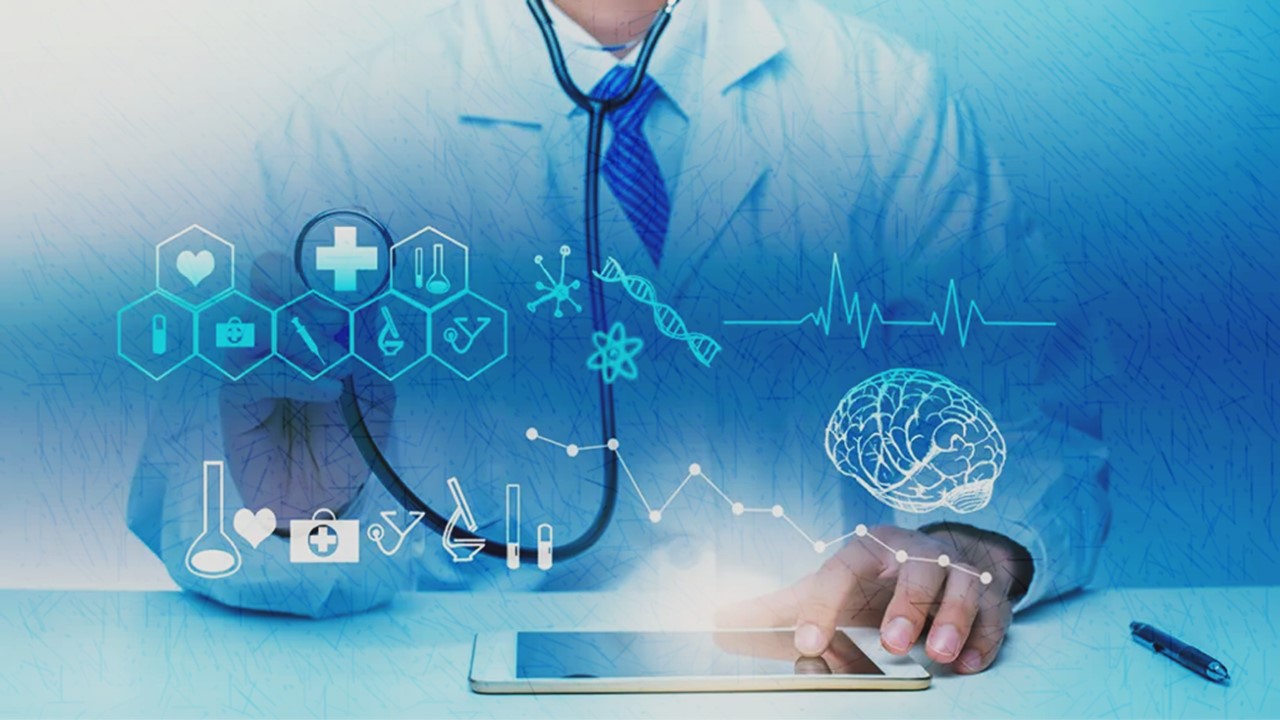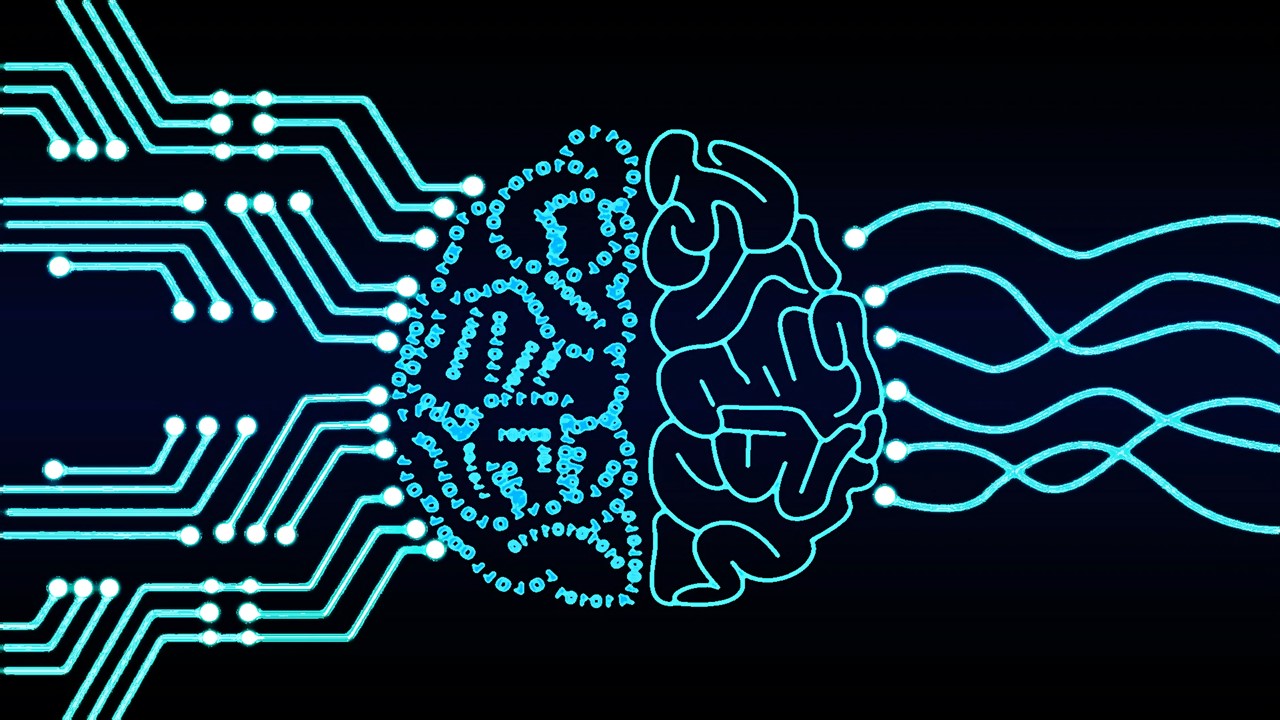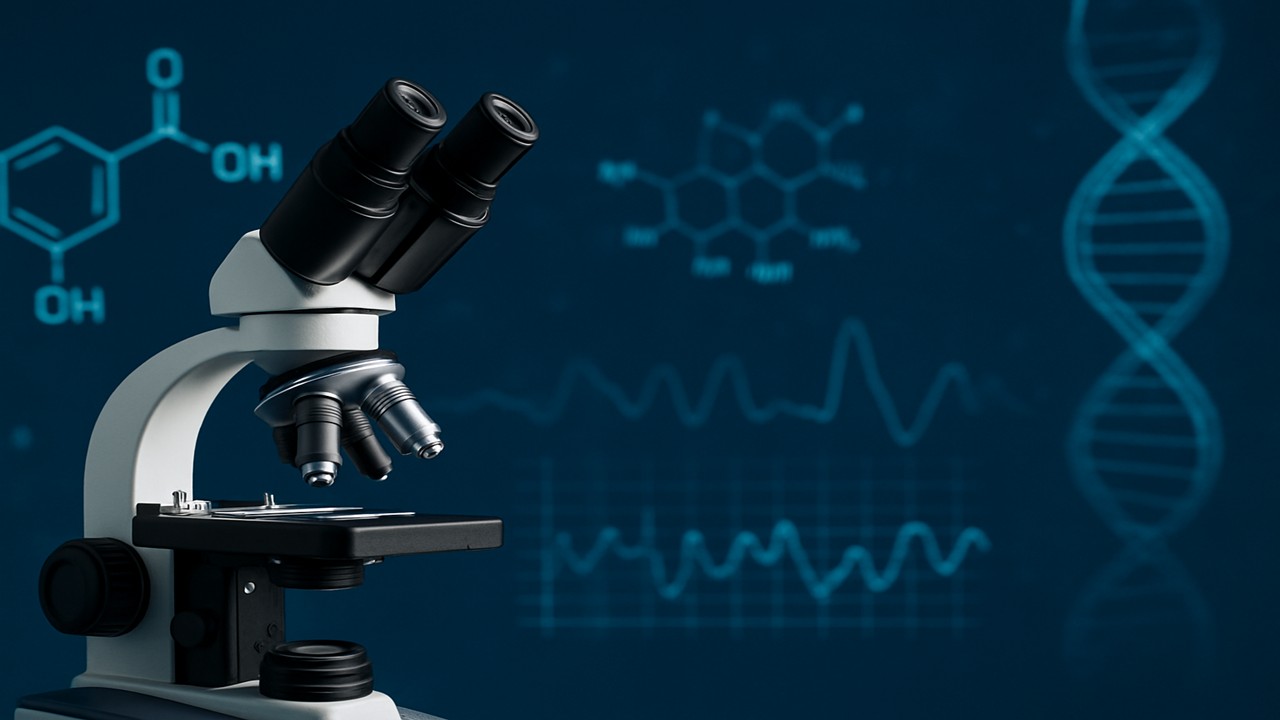In today’s interconnected world, machine learning (ML) stands as a cornerstone of technological advancement, permeating various facets of our daily lives. From personalized recommendations on e-commerce platforms to the automated detection of hate speech on social media, ML algorithms are orchestrating a transformation in how we interact with technology. Moreover, springboarding from the COVID-19 pandemic, ML systems are playing a pivotal role in tracking infection spread and ensuring adherence to safety protocols. However, behind these applications lies a complex process of learning and adaptation, mirroring the cognitive abilities of humans.
Modern Machines and Their Need to Learn
Traditionally, programming involved providing explicit instructions to computers for executing tasks within predefined parameters. However, in scenarios where environments are dynamic or unknown, the conventional approach becomes inadequate. Machine learning emerges as a solution to these challenges, enabling computers to learn from experience and improve their performance over time autonomously. Unlike traditional programming, where every step must be explicitly defined, ML systems evolve by extracting insights from data, thereby mirroring the learning process of humans.
Understanding Machine Learning
Machine learning, at its core, harnesses algorithms and statistical methods to glean patterns and insights from data without explicit programming. Tom Mitchell’s widely accepted definition encapsulates the essence of ML, emphasizing its reliance on experience, tasks, and performance measures. By iteratively processing data inputs and adjusting their decision-making mechanisms, ML systems refine their ability to perform specific tasks, epitomizing the essence of artificial intelligence.
Types of Machine Learning: Exploring Learning Paradigms
Machine learning encompasses diverse learning paradigms, each tailored to address specific challenges. Deductive learning, characterized by rule-based reasoning, relies on pre-defined rules to make inferences. In contrast, inductive learning eschews explicit rules, instead leveraging data inputs to discern patterns autonomously. Within inductive learning, supervised, unsupervised, and reinforcement learning emerge as predominant approaches, each with distinct methodologies and applications.
Supervised Learning: Guided by Labeled Data
Supervised learning, a cornerstone of ML, involves training algorithms on labeled datasets, where each input is associated with a corresponding output. By approximating the relationship between inputs and outputs, supervised learning enables tasks such as classification and regression. Applications span diverse domains, from email spam detection to medical diagnosis, where predictive accuracy is paramount.
Unsupervised Learning: Uncovering Hidden Patterns
In contrast to supervised learning, unsupervised learning operates on unlabeled data, seeking to uncover hidden patterns and structures. Through techniques such as clustering and association rule mining, unsupervised learning extracts valuable insights from unstructured datasets. Market segmentation and document clustering exemplify its applicability across various domains.
Reinforcement Learning: Learning Through Interaction
Reinforcement learning diverges from traditional paradigms, eschewing labeled datasets in favor of real-time interaction with environments. Through a trial-and-error approach guided by a reward system, reinforcement learning agents learn optimal strategies for accomplishing tasks. Its applications range from autonomous robotics to personalized recommendation systems, underscoring its versatility.
Deep Learning: Unraveling Complex Patterns
Deep learning, a subset of ML, leverages multi-layered neural networks to emulate the intricate information processing of the human brain. Characterized by architectures such as recurrent neural networks (RNNs) and convolutional neural networks (CNNs), deep learning excels in tasks requiring complex pattern recognition. From medical imaging to genomic analysis, deep learning’s applications are far-reaching, promising breakthroughs in healthcare and beyond.
Embracing the Future of Machine Learning
As we navigate an increasingly data-driven world, the role of machine learning continues to expand, reshaping industries and driving innovation. From enhancing diagnostic accuracy in healthcare to optimizing business operations, ML’s transformative potential knows no bounds. By embracing the principles of learning and adaptation, we unlock a future where intelligent systems empower us to tackle complex challenges with unprecedented precision and efficiency.
Engr. Dex Marco Tiu Guibelondo, B.Sc. Pharm, R.Ph., B.Sc. CpE
Editor-in-Chief, PharmaFEATURES

Subscribe
to get our
LATEST NEWS
Related Posts

AI, Data & Technology
Precision in Three Dimensions: A Novel Approach to Tumor Resection and Reconstruction of the Femoral Trochanter
The integration of digital modeling and personalized guides into the surgical workflow transforms the execution of tumor resection and reconstruction.

AI, Data & Technology
Blueprint for the Future: Establishing Rigorous Standards for Medical AI Data
Medical AI requires not just vast datasets but datasets of impeccable quality.
Read More Articles
Myosin’s Molecular Toggle: How Dimerization of the Globular Tail Domain Controls the Motor Function of Myo5a
Myo5a exists in either an inhibited, triangulated rest or an extended, motile activation, each conformation dictated by the interplay between the GTD and its surroundings.













